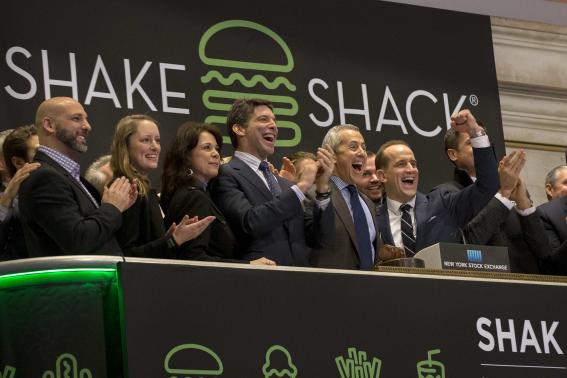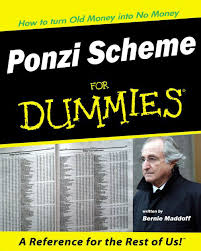
Brokerdealer.com blog update is courtesy of the New York Times’ Deal Book’s Mike Isaac.
Uber is an app-based transportation network and taxi company based out of San Francisco, California. It began in 2009 and has slowly been making its way across the United States and the world. Customers use the app to request rides and track their reserved vehicle’s location. Uber vehicles range from black luxury SUVs and town cars, to taxis, drivers’ personal vehicles. Although Uber hasn’t gone public yet, they have recently expanded their venture round to a total capacity of $2.8 billion due to high demand. Now, it is only a matter of time before the company decides to go public and the brokerdealers can’t wait.
Uber, the ride-hailing service, likes to trumpet its popularity with consumers. Their fervor is surpassed, perhaps, only by investors’.
Facing overwhelming demand from institutional investors, Uber has expanded its Series E round of venture financing by $1 billion, according to documents filed Wednesday with the Delaware secretary of state, bringing the total capacity for the round up to $2.8 billion.
The move, which was confirmed by Uber, occurred just weeks after the company closed a $1.2 billion round of financing. At the time, Uber said it had left capacity for about $600 million in additional strategic investments, according to a Delaware filing. The company is incorporated in Delaware and based in San Francisco.
But the appetite for a piece of Uber has proved to be greater than the company had imagined. The $600 million was quickly oversubscribed, and Uber decided to raise the amount. Baidu, the Chinese Internet giant, accounts for part of the additional investment beyond the $1.2 billion round.
The most recent expansion is on top of some $4 billion Uber raised, including a recent $1.6 billion round of convertible debt financing from the clients of the private wealth arm of Goldman Sachs, the investment bank previously confirmed.
Uber’s $40 billion valuation, extraordinary by any private technology company’s standards, remains unchanged since the company announced the first part of the round in December. Uber is one of the most richly valued private technology start-ups, second only to Xiaomi, the Chinese smartphone manufacturer.
“The participation we have seen in Uber’s Series E underscores the confidence investors have in Uber’s growth,” Nairi Hourdajian, the head of global communications at Uber, said in a statement.
Even in Silicon Valley’s recent venture capital environment, where hundreds of millions of dollars and high valuations seem much easier to come by, Uber remains an anomaly. The company has raised close to $5 billion in private financing since it was founded in 2009, and it appears in no hurry to introduce itself to the public markets.
Uber is likely to need full pockets to continue its rapid growth.
The company is working to expand UberPool, its ride-sharing initiative that links multiple passengers heading toward the same destination and lets them split the cost.
Uber has also said it intends to bolster its European operations and push into the Asia-Pacific region.
It can expect to meet opposition. Uber faces stiff resistance from taxi and limousine interests in countries like Spain, Germany and Belgium, among others, and will probably need to spend heavily to market itself to win favor with locals.
To do well in China, the world’s most populous country, Uber will probably have to spend heavily to take on services like Kuaidi Dache and Didi Dache, China’s two largest taxi-hailing services, which recently announced plans to merge. That deal, if completed, would give the two services more than 90 percent of the market.
Meanwhile, Uber’s largest United States competitor is also raising money. Lyft, identified by its signature pink mustache logo, is trying to raise at least $250 million in private capital, with participation from at least one previous investor, the Alibaba Group of China.
For the original article, click here.



